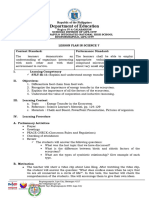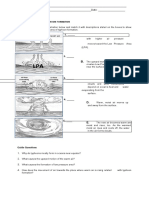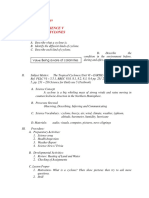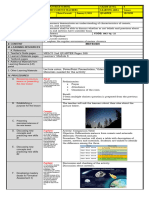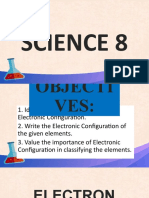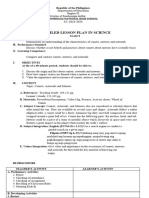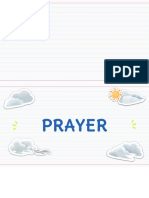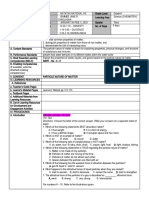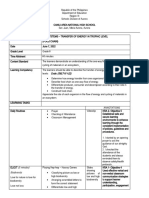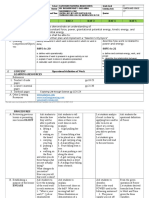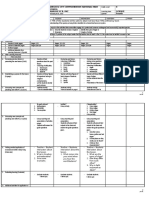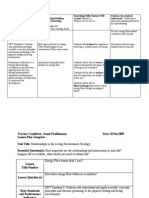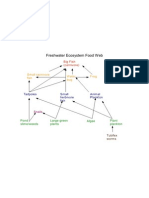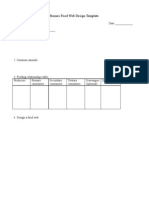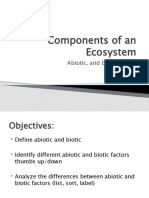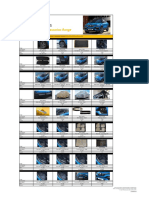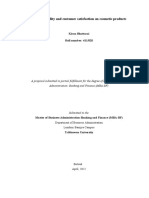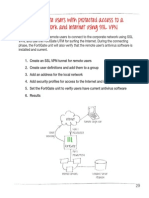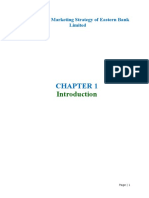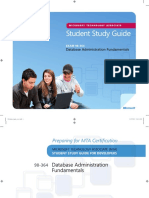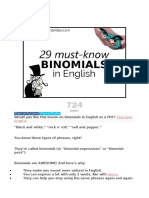0% found this document useful (0 votes)
293 views17 pagesEnergy Flow Lesson Cont. Days 3 and 4
This lesson plan involves a two-day activity where students research the plants and animals of an assigned biome and create a food web. On day one, students will use suggested websites to research their biome in the computer lab and record information on a template. They will categorize the organisms into trophic levels. On day two, students will design their food web based on the data collected, either digitally or by hand. The teacher will check students' understanding throughout and provide guidance as needed. The goal is for students to understand energy flow and feeding relationships within an ecosystem.
Uploaded by
jamieprudhommeCopyright
© Attribution Non-Commercial (BY-NC)
We take content rights seriously. If you suspect this is your content, claim it here.
Available Formats
Download as ODT, PDF, TXT or read online on Scribd
0% found this document useful (0 votes)
293 views17 pagesEnergy Flow Lesson Cont. Days 3 and 4
This lesson plan involves a two-day activity where students research the plants and animals of an assigned biome and create a food web. On day one, students will use suggested websites to research their biome in the computer lab and record information on a template. They will categorize the organisms into trophic levels. On day two, students will design their food web based on the data collected, either digitally or by hand. The teacher will check students' understanding throughout and provide guidance as needed. The goal is for students to understand energy flow and feeding relationships within an ecosystem.
Uploaded by
jamieprudhommeCopyright
© Attribution Non-Commercial (BY-NC)
We take content rights seriously. If you suspect this is your content, claim it here.
Available Formats
Download as ODT, PDF, TXT or read online on Scribd
/ 17
